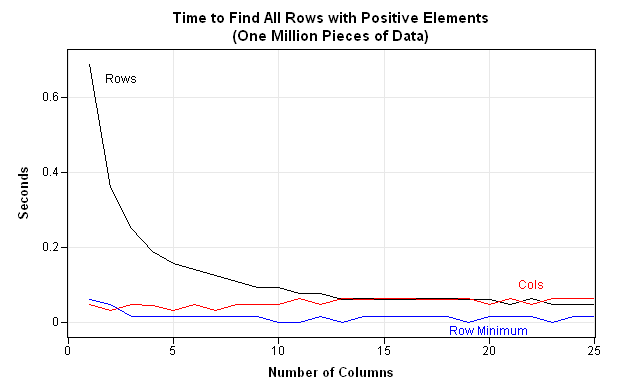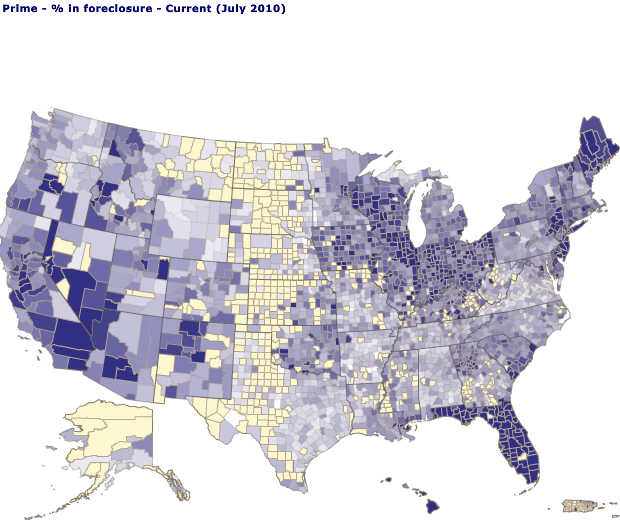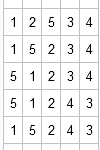
Dear Readers, You might visit this blog for many reasons, chief among them to learn useful information about SAS. You know that I often post tips about SAS Enterprise Guide, and sometimes people go so far as to call this a "SAS Enterprise Guide" blog*. But for all of the
























